Dive Details
Location
Date
Saturday 29 August 2015
Time
1:22pm - 2:57pm
Details
Neither the tides nor the seas were favourable for a dive this weekend and my only opportunity was to dive The Leap at low tide. The swell would be near its lowest and I'd still have the incoming tide behind me.
It was a little rough at The Leap but fine for entry (and I had checked The Steps for exit and it was also fine). I slid down the rocks and was quite surprised by the visibility at the entry point which was around 5 metres. I headed to the sand line on my usual path and the surge was quite bad.
I hit the sand line right at Pygmy Rock. Here the visibility was around 10 metres and the surge while still present had dropped a bit. I looked for pygmies on Pygmy Rock for around 5 minutes and then headed off towards The Steps. All the way to Seadragon Alley it felt like the surge was increasing, even though the swell was meant to be decreasing.
The first weedy seadragon I saw at Seadragon Alley was a male (PT2014051701) that had no eggs. I'd last seen it 2 weeks ago and it had some eggs at the time. They were now all gone. The second weedy I believe was a female (PT2015052401) who I saw only last week. I saw two more weedies in Seadragon Alley: a female (PT2013122201) and a male (PT2014030803). Both of these have been around well over 12 months and I saw them both last week.
After Seadragon Alley and before Big Rock I saw two more weedy seadragons: a male (PT2014091301) with eggs and a juvenile (PT2015051001).
I headed up from the sand line after Big Rock to see my pygmy pipehorses. I found the male (IL2015070501) immediately but had to find the female (IL2015072601) before I started taking any photographs as I didn't want to rest the camera on her. I found her after a couple of minutes. The surge at this point was pretty bad and it made taking photographs quite difficult. A couple of times I was pulled completely away from the rock. It was very frustrating. Eventually I was able to position myself to be somewhat protected and I was able to get some shots.
I headed back to the sand line and before I reached the basket star I found another weedy seadragon. This was an individual (PT2014092001) that while I first saw almost 12 months ago, I have only seen it a few times.
I swam on to the seahorses and initially couldn't find any. After a bit of searching I pleasantly surprised to find a new male seahorse. He's only quite small but very pregnant and had very pretty markings. I shall call him "Arnold". I then spotted "Noel" in amongst the soft coral on the next rock. I searched the whole area a number of times but could not find "Rosie". The area is quite big and the surge made looking quite difficult. I'm sure she'll turn up again, especially as she has to males for company. While looking for "Rosie" I found a/the Miamira magnifica nudibranch. It was pretty much in the same location as the one we saw 2 years ago.
I headed on to look for "Di" and found her out in the open on her rock. I hope she doesn't get washed away.
I still had some air left so I headed back to the sand line to look for weedy seadragons. I found 2: one (PT2013121501) who's been around since at least late 2013 and a male (PT2015010102) with eggs who I last saw 2 weeks ago.
I headed for the boulders, found my usual spot and did my safety stop. It was still quite surgy and I wasn't sure what the exit would be like. It turned out it was a very easy exit because the tide was still so low.
Despite the rather ordinary conditions it was a great dive.
Seas
Surgy
Visibility
5 to 10 metres
Duration
94 minutes
Maximum depth
21.1 m
Average depth
13.2 m
Water temperature
16.3°C
Dive Profile from Citizen Hyper Aqualand
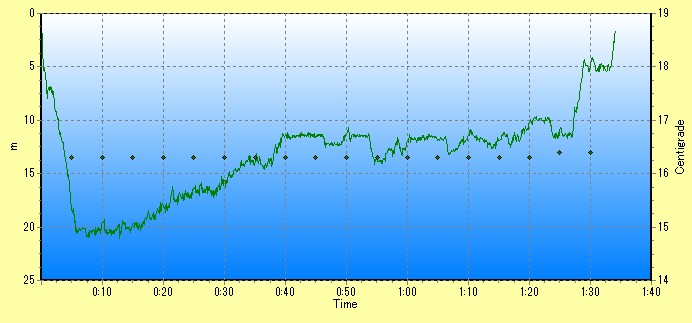
Tides at Botany Bay AEST
Note that tides at dive site may vary from above location.
Low
1:37am
0.17m
High
7:37am
1.53m
Low
1:27pm
0.28m
High
7:52pm
1.94m
Camera gear
Camera
Nikon D7000
Lens
Nikon AF Micro-Nikkor 60mm f/2.8D
Housing
Ikelite 6801.70
Lens port
Ikelite Flat Port 5502.41
Strobe
2 x Ikelite SubStrobe DS161
Photographs
Depth information, where present, indicates the depth of the camera when the photograph was taken and can be used to approximate the depth of the subject.
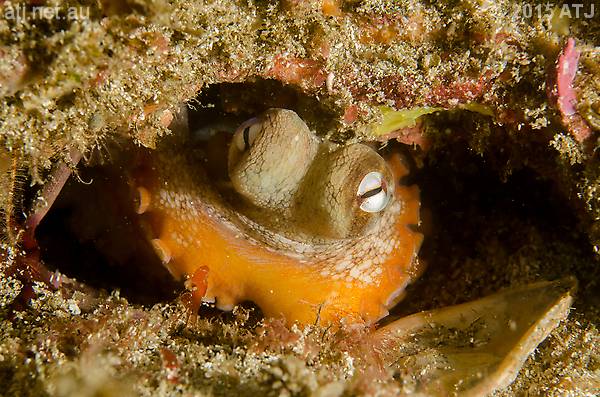
Common Sydney octopus, Octopus tetricus. 17.4 m.

Weedy seadragon, Phyllopteryx taeniolatus, (PT2014051701). 17.1 m.

Weedy seadragon, Phyllopteryx taeniolatus, (PT2014051701). 17.1 m.

Pygmy leatherjacket, Brachaluteres jacksonianus. 14.6 m.

Eastern smooth boxfish, Anoplocapros inermis. 14.1 m.
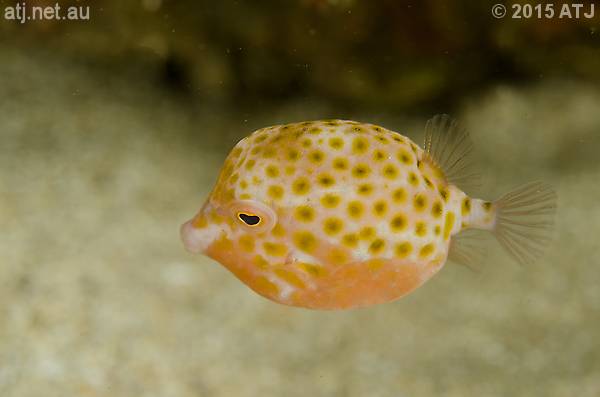
Eastern smooth boxfish, Anoplocapros inermis. 14.1 m.

Weedy seadragon, Phyllopteryx taeniolatus, (PT2014091301). 13.8 m.

Eggs on the tail of a male weedy seadragon, Phyllopteryx taeniolatus, (PT2014091301). 13.8 m.
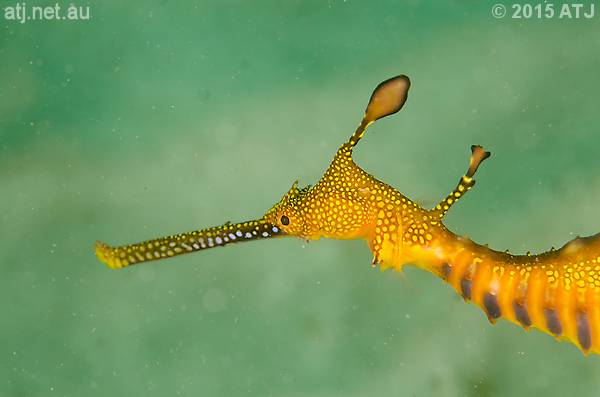
Juvenile weedy seadragon, Phyllopteryx taeniolatus, (PT2015051001). 13.6 m.
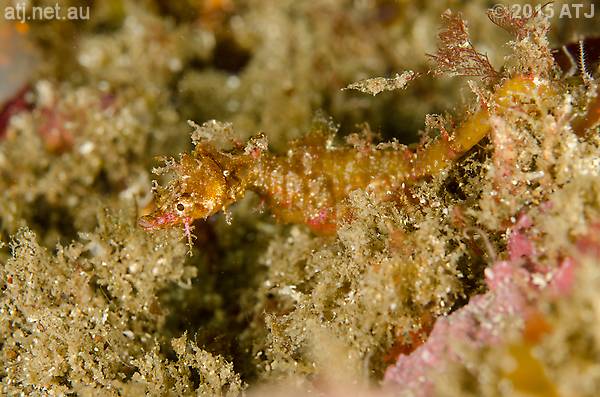
Male Sydney pygmy pipehorse, Idiotropiscis lumnitzeri, (IL2015070501). 11.4 m.
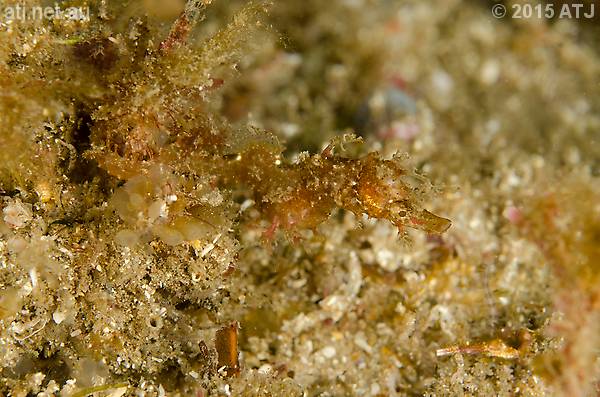
Female Sydney pygmy pipehorse, Idiotropiscis lumnitzeri, (IL2015072601). 11.3 m.
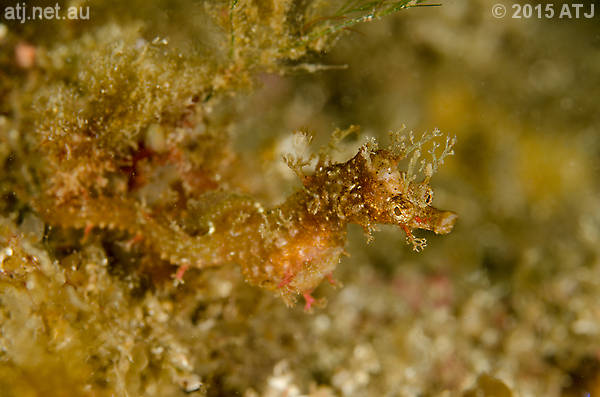
Female Sydney pygmy pipehorse, Idiotropiscis lumnitzeri, (IL2015072601). 11.3 m.
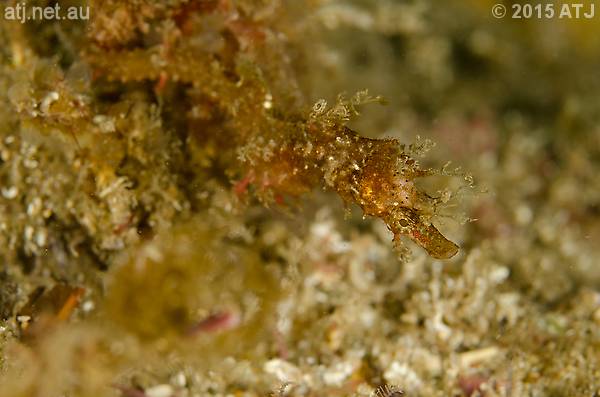
Female Sydney pygmy pipehorse, Idiotropiscis lumnitzeri, (IL2015072601). 11.5 m.
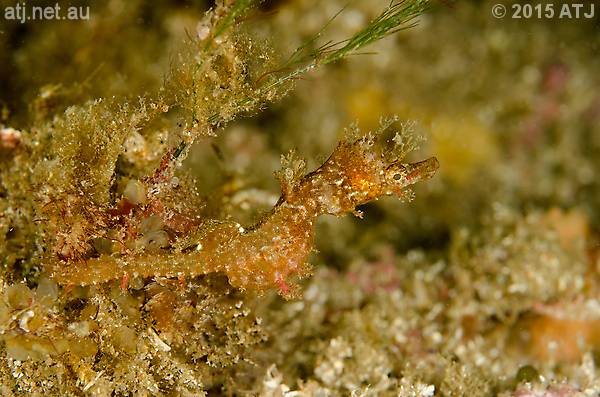
Female Sydney pygmy pipehorse, Idiotropiscis lumnitzeri, (IL2015072601). 11.4 m.
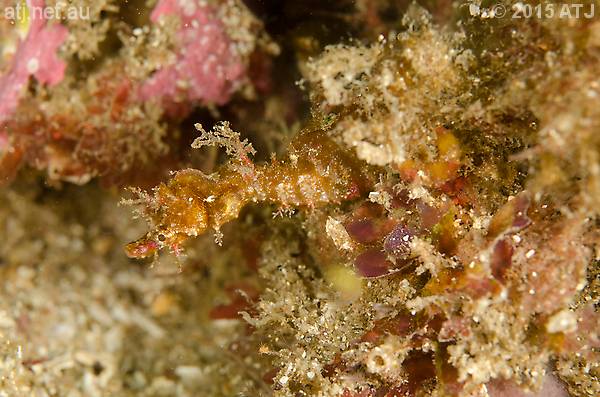
Male Sydney pygmy pipehorse, Idiotropiscis lumnitzeri, (IL2015070501). 11.4 m.
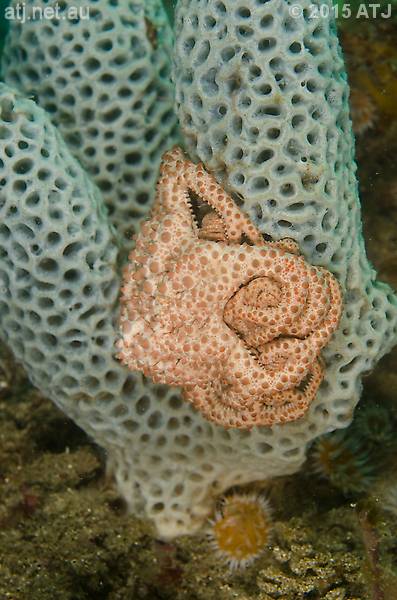
Basket star, Astrosierra amblyconus. 12.6 m.

Pregnant male pot-bellied seahorse, Hippocampus abdominalis, ("Arnold"). 11.7 m.

Pregnant male pot-bellied seahorse, Hippocampus abdominalis, ("Arnold"). 11.4 m.

Male pot-bellied seahorse, Hippocampus abdominalis, ("Noel"). 11.7 m.

Male pot-bellied seahorse, Hippocampus abdominalis, ("Noel"). 11.8 m.
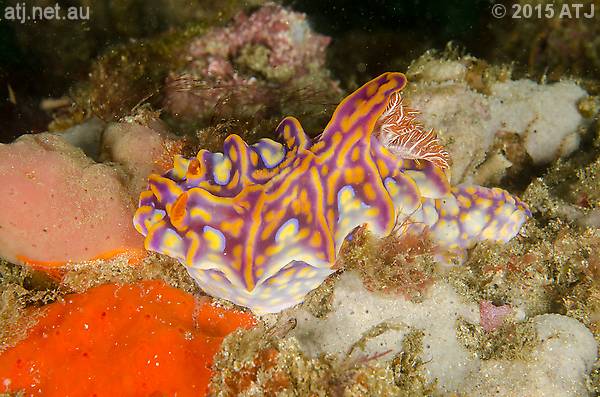
Nudibranch, Miamira magnifica. 12 m.

Pregnant male pot-bellied seahorse, Hippocampus abdominalis, ("Arnold"). 11.6 m.
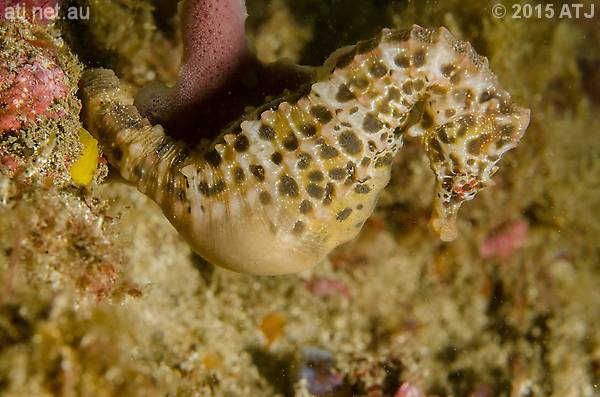
Pregnant male pot-bellied seahorse, Hippocampus abdominalis, ("Arnold"). 11.9 m.
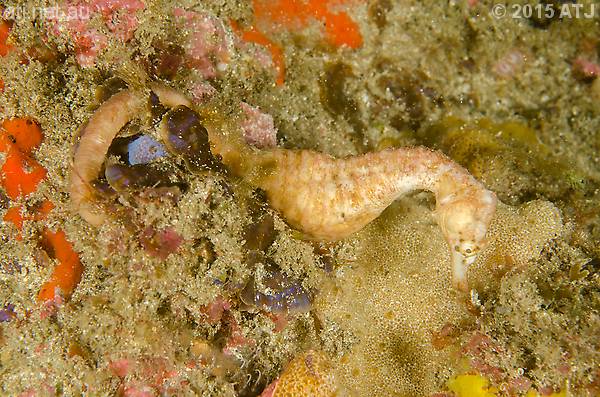
Juvenile female pot-bellied seahorse, Hippocampus abdominalis, ("Di"). 10 m.

Juvenile female pot-bellied seahorse, Hippocampus abdominalis, ("Di"). 9.9 m.
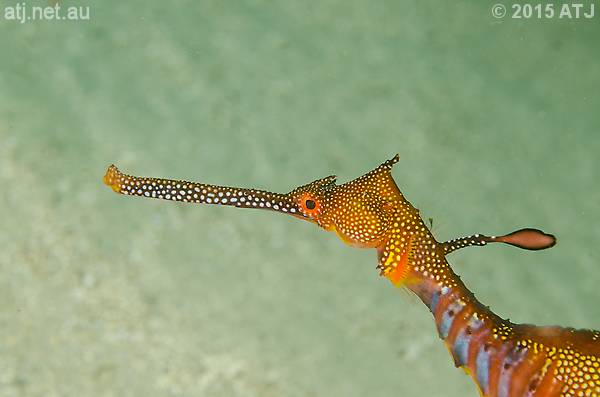
Weedy seadragon, Phyllopteryx taeniolatus, (PT2013121501). 11.4 m.
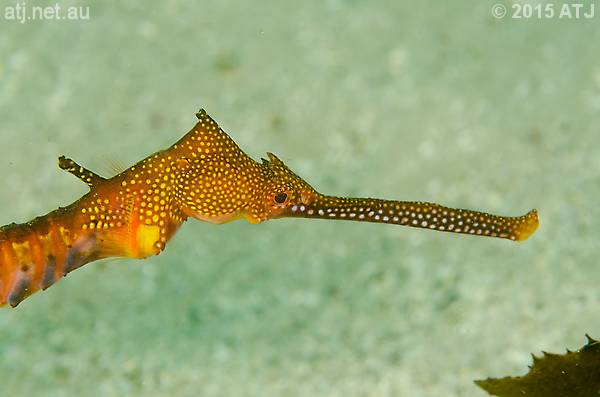
Weedy seadragon, Phyllopteryx taeniolatus, (PT2015010102). 11.3 m.

Eggs on the tail of a male weedy seadragon, Phyllopteryx taeniolatus, (PT2015010102). 11.4 m.